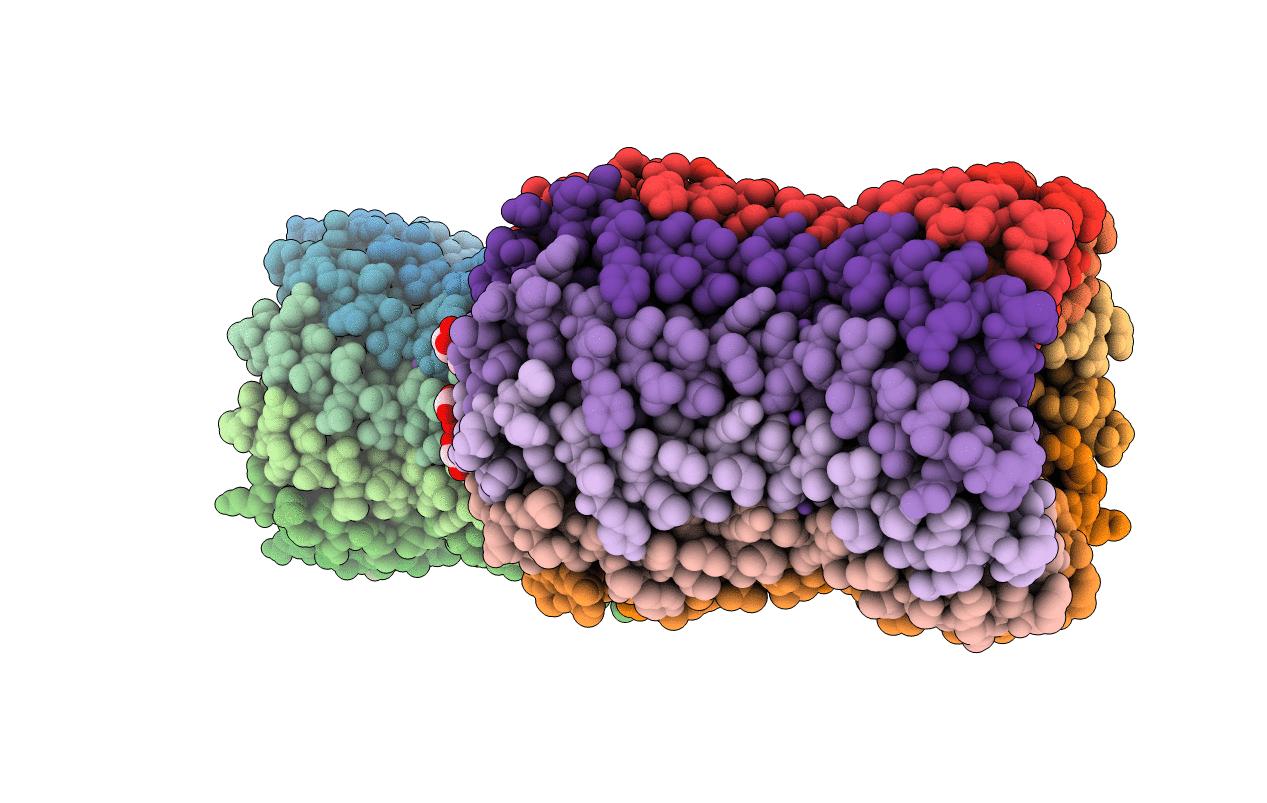
Deposition Date
2013-01-21
Release Date
2013-05-29
Last Version Date
2023-12-20
Entry Detail
PDB ID:
3ZK2
Keywords:
Title:
Crystal structure of the sodium binding rotor ring at pH 8.7
Biological Source:
Source Organism:
FUSOBACTERIUM NUCLEATUM (Taxon ID: 851)
Host Organism:
Method Details:
Experimental Method:
Resolution:
2.63 Å
R-Value Free:
0.29
R-Value Work:
0.25
R-Value Observed:
0.25
Space Group:
P 1 21 1


